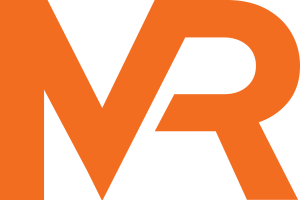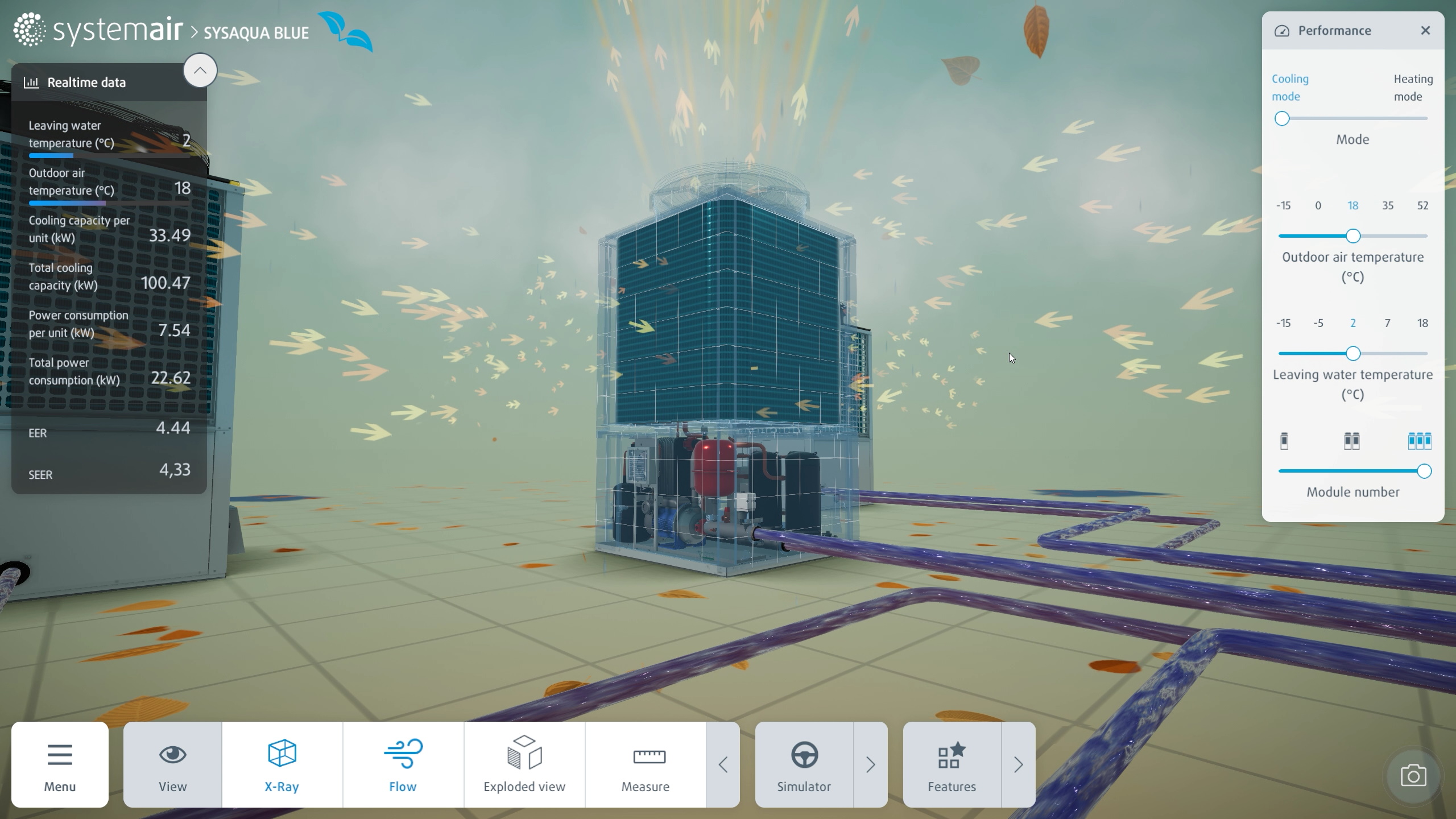.NET Tools
Essential productivity kit for .NET and game developers
Case Study – How MRstudios Uses Rider
 Today, we would like to share with you how MRstudios is using JetBrains Rider. They have a team of software developers, visual effects artists, and 3D artists working together to develop real-time 3D applications for the manufacturing industry.
Today, we would like to share with you how MRstudios is using JetBrains Rider. They have a team of software developers, visual effects artists, and 3D artists working together to develop real-time 3D applications for the manufacturing industry.
We spoke with Thomas Weiss, Technical Director and Co-Founder of MRstudios.
Hi Thomas! Can you tell us a little more about yourself and MRstudios?
I am the Technical Director and Co-Founder of MRstudios, a company I established with my friend Morten in Berlin in March 2016. In 2017, we incorporated the company in Prague. I have a Master’s degree in Computational Visualistics and 10+ years of experience in the fields of offline and real-time rendering.
MRstudios specializes in the development of real-time 3D applications for the manufacturing industry. We are proud to be considered one of the market leaders in Industrial Virtual and Augmented Reality solutions in German-speaking and Nordic markets.
What size is your team at MRstudios, and how large is the company?
Today, our team consists of more than 10 people, including software developers, programmers, visual effects artists, 3D artists, and a strong business development and operations team.
What is your current technology stack, and what types of projects do you work on?
We mainly work with game development tools such as 3ds Max, Blender, Photoshop, Quixel, Substance Painter, Git, and Unity. We use these tools to create interactive 3D experiences such as Virtual, Augmented, and Mixed Reality software applications – engineered from concept to completion, as we like to say.
This means that we cover the entire value chain, supporting clients all the way from the very early brainstorming stages through to rolling out a VR/AR strategy in corporations with thousands of staff members globally.
Our projects are usually targeted at technical training, sales and marketing, and product development. We are also increasingly supporting clients with highly complex systems, such as linking Unity-based software with enterprise cloud systems. The goal is always the same: speaking the language of our clients and making their life as easy as possible by adding to their existing channels and software architecture.

Are all your developers on the same operating system?
No, our developers are completely free to use whatever operating system they like the most. We don’t force them to use a strict framework. If someone doesn’t like Windows, which can happen, why can’t they use Linux? The same applies to Android or Apple devices.
Independent of the system applied, we have ISO27001 security protocols in place, which is highly valued by our industrial clients.
Why did you switch to Rider for your Unity development? How has it helped your team?
Using Visual Studio as an IDE in combination with Unity is better than using MonoDevelop, but a proper connection between the tools was still missing. The first time I heard of Rider was at Unite 2018 in Berlin. Back then I was very curious about it, but I wasn’t ready to switch from my existing development environment to something that I barely knew.
In the beginning of 2020, we had a lot of internal discussions on how to optimize and streamline our existing workflows as everyone was using different development tools such as Visual Studio, Visual Studio Code, Xcode, Sourcetree, and the like. This was the moment Rider was reintroduced.
Thanks to Rider, we now have a common tool that runs on all three major platforms, has a beautiful Git integration, and comes with perfect support for Unity. Since the introduction of Rider, the code quality and readability has significantly increased. Coding has never been this fast and easy as it is with Rider.
Did you face any issues switching from Visual Studio to Rider? What kind of experience did you have using a different tool?
Switching to Rider was flawless. Even commonly used shortcuts could be easily transferred. Switching your IDE is usually a very difficult process as it means you must adapt to a new user interface and a different environment.
You never know how Unity is going to react to a new IDE or whether you will encounter complications due to incompatibilities. We have discovered more and more tools within Rider that have helped us develop applications faster and in a more structured manner.
What does your typical development flow look like? How much time do you spend in Unity, and how much in Rider?
Given that we already have a 3D model that we can interact with, we start with the implementation of basic interactions like camera movements, animations of the model itself, and the like.
The user interface is developed during the 3D modeling phase, so optimally we can already start implementing it and making it interactable next to the implementation of the basic interactions. At this stage, client reviews are usually coming in and need to be implemented, so it is a back-and-forth between Unity and Rider depending on whether the changes affect the model or the interactions.
Toward the end, the development shifts to Rider, since the model and the visuals are already final. Implementing localization and backend connections is one of the last steps and Rider-only.
What do you think of the link between Rider and Unity?
My colleagues and I had never seen an IDE that could communicate with Unity in such a flawless and intuitive way. Code compilation in the background is a massive game changer. The usage information of methods and variables is very helpful. Code completion and automatic implementation of UnityEvents speeds up the whole workflow when working with the Unity EventSystem.
On top of all these features is the visually appealing integration of Git. Ultimately, well-developed code should be a feast for the eyes, too, shouldn’t it?
Has your coding style or architecture changed with better tooling support?
Definitely! Everyone comes from a different development background and has different methods for writing readable code. Rider tries to smooth out such differences by basically enforcing certain standards like naming conventions. Aside from this, it is the simple refactoring of if-statements, highlighting unused variables or methods, and the easy definition of namespaces.
We are to some extent a German company as both founders are from there, so we appreciate very well-structured coding environments. Rider supports this approach directly and indirectly, even if you have team members who tend to be, let’s say, a bit more liberal with their coding.
What are your favorite Rider features that help you on a daily basis?
In a nutshell:
- Alt+Enter and Shift+Shift, the two keyboard shortcuts which help you do everything
- Refactoring
- Unity usages
Are you aware of our Early Access Preview versions, and do you use them?
No, but I would like to try them out.
Note from JetBrains: you can download and install the Early Access Previews of Rider, or use the Toolbox App and install stable Rider and EAP versions side by side.
We’d like to thank Thomas and MRstudios for taking part in this Q&A.
If you use JetBrains IDEs and would like to share your experience with us, please let us know by leaving a comment below or contacting us.
Subscribe to a monthly digest curated from the .NET Tools blog:








